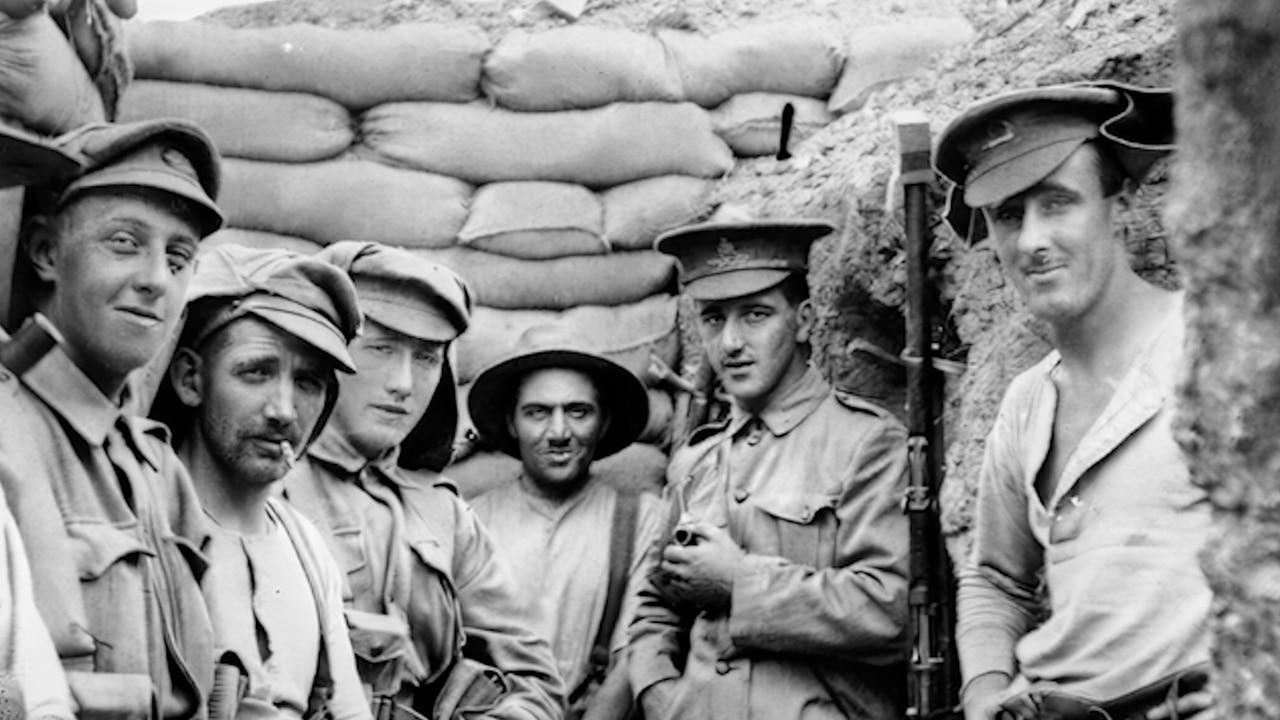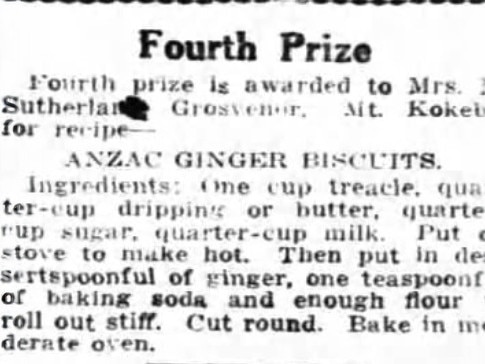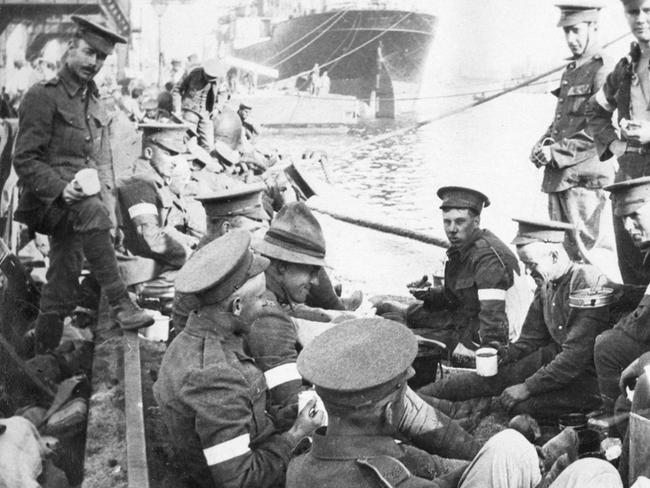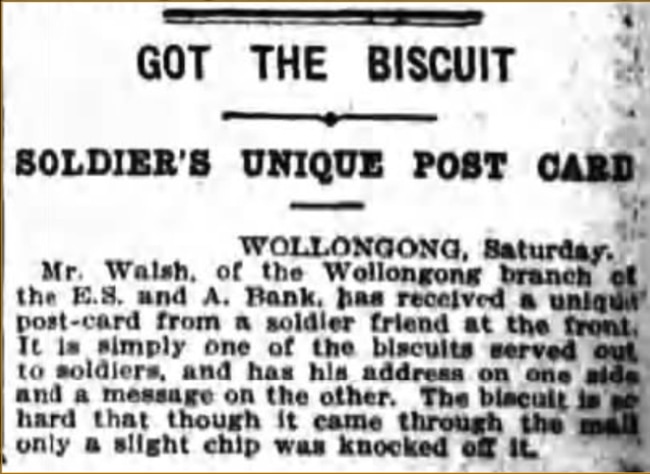A nationwide call has been issued to help solve an Anzac mystery
Experts are calling on Aussies to help solve a national mystery dating back to World War I.

Eat
Don't miss out on the headlines from Eat. Followed categories will be added to My News.
It’s a national icon and a historical treat, but what even is an Anzac biscuit and where do they come from?
Before they were golden, chewy icons dunked in tea, Anzac biscuits were a bit of a mystery – and possibly a gingery mistake.
According to new research from genealogy company Ancestry, 42 per cent of Australians say they don’t know where it originated.
As part of a bid to unveil its origins, Ancestry revealed the earliest documented recipe of the iconic biscuit dating back to 1916. Created by Mrs Sutherland from WA, it is a far cry from the golden syrup and oat treats we enjoy today, even featuring a spoonful of surprising ingredient, ginger.
It was supposed to be a ginger biscuit. It’s almost like everything we know about the popular snack has been built on a lie.

The classic but perhaps ill-advisable recipe:
1. Combine 1 cup treacle, ¼ cup dropping or butter, ¼ cup sugar and ¼ cup milk. Put on the stove to make hot.
2. Then put in “dessertspoonful” of ginger, one teaspoon of baking soda and enough flour to roll out stiff.
3. Cut round.
4. Bake in moderate oven.
With Australian troops joining WWI two years prior to this recipe’s creation, Ancestry historian Brad Argent believes that an earlier, original recipe is out there waiting to be discovered.

“I found this recipe because it was submitted into a competition and it won fourth prize. And I’m wondering, is that really the first one? Is this the first recipe? Is this the first thing that has been officially called an Anzac biscuit even though it was an Anzac ginger biscuit?” he said.
“Or is there an earlier recipe sitting in someone’s drawer? Is there a recipe that’s been handed down that says Anzac biscuits? Is it out there somewhere in an archive?
“I don’t think this idea of an Anzac biscuit originated with this housewife in Western Australia in 1916. I feel like it’s come from somewhere else.”
Mr Argent encouraged Australians to explore family heirloom cookbooks, read wartime letters from ancestors, and to speak with loved ones about their experience during the war as part of a bid to uncover the original recipe.

“The one piece of advice I’d give anybody if they were looking to see if they had that recipe somewhere is find the oldest person in the family and sit down with them, and talk to them, and ask them what they remember about this.
“Now, they might not have been alive when this was happening, but they might remember stories. These things are passed down from one person to the next, not just the stories, but the recipe books, the medals, the memorabilia, who knows?
“There could be connections to this time in history for all of us just sitting out there waiting to be uncovered.”

The Anzac biscuit is unique in its place in Australian food history. They date back to World War I, when they were sent in care packages to soldiers at Gallipoli and on the Western Front as a welcome and non-perishable alternative to bland soldiers’ rations.
The biscuits became associated with Anzac troops and are now protected by Australian law — however the tradition of sending biscuits to our soldiers predates the formation of the Anzacs by about a hundred years.
“The earliest reference I could find was 1823, when we were sending biscuits, or what was called ‘tack’, to soldiers,” Mr Argent said.
“It wasn’t particularly palatable. It was essentially flour, salt, and water. There are stories of people breaking their teeth trying to eat it.
“I found two separate instances of this hard tack being used as postcards and mailed back to Australia and surviving the journey.”

Mr Argent said Anzac Day and the biscuit mystery offered a good opportunity for Aussies to stop and reflect on their history.
“I think Anzac Day is such an interesting part of Australia’s culture and our identity,” he said. “It’s kind of where as a nation we grew up and we played our part in a global enterprise and I’ve been trying to work out why there might be less engagement in it now than perhaps there was in my youth.
“I feel like time has this way of smoothing the edges of things and I feel when you dig into the source material, it brings everything back into a sharp focus. It’s good for us to be reminded of the sacrifices that were made.”
To assist in efforts Ancestry is offering free access to five billion wartime records from April 17 to 26, helping Australians connect with their ancestors and uncover hidden stories of service, sacrifice, and culinary traditions.
Originally published as A nationwide call has been issued to help solve an Anzac mystery




